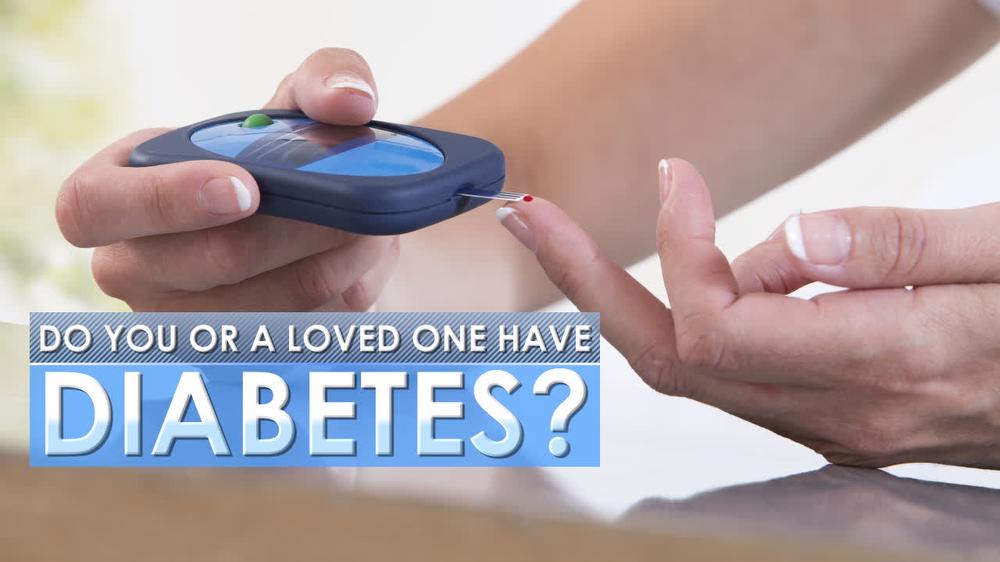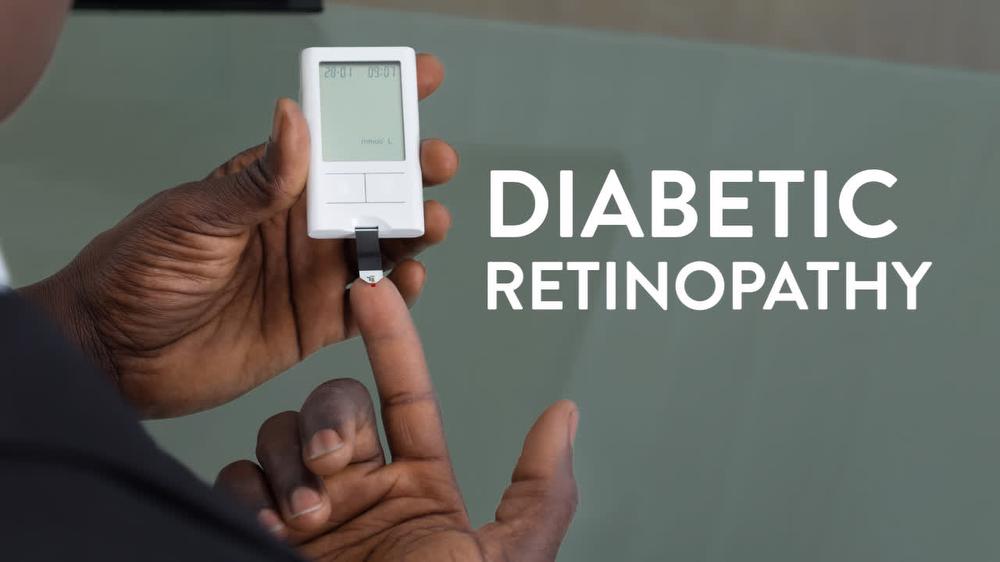Symptoms
Everybody with diabetes is at risk of developing diabetic retinopathy. Diabetic retinopathy is a condition caused by the little blood vessels inside the eye being damaged, leaking and bleeding. Diabetic retinopathy can be occur without any symptoms at all. That is why it is very important to have regular eye exams. Some of the symptoms of progressing diabetic eye disease are: sudden onset of floaters, blurred and hazy vision. Do not ignore these symptoms and call Arizona Eye Center for an exam.
Diabetes Eye Care
Here are some things you can do to reduce your risk of diabetic eye disease
Monitor Your Blood Sugar
High blood sugar can cause changes in vision if not well controlled. Proper monitoring of your blood sugar can help reduce the risk of diabetes-related eye conditions.
Get Regular Eye Exams
Regular eye exams are the best way to monitor your vision and watch for changes in your eye that could potentially lead to serious problems.

Diagnosis
The diagnosis of diabetic retinopathy is completed with a dilated eye exam. If some diabetic changes are seen, further testing is completed with computer imaging. Sometimes patients are referred to a retinal specialist for treatment.
Common Diabetes-Related Eye Conditions
Diabetic Retinopathy
This very serious condition is caused by damaged small blood vessels in the retina. The good news is that if this is caught early and treated, significant loss of vision is rare.
Cataracts
One of the most common eye conditions, cataracts are a clouding of the lens of the eye. They can be easily treated with surgery. Diabetes patients are more likely to develop cataracts.
Glaucoma
Glaucoma is a common, but serious, eye condition. Those with diabetes are at a higher risk of developing glaucoma.
Treatment
Diabetic retinopathy can progress slowly or quickly to cause problems. That is why regular eye exams are necessary. Not all diabetic retinopathy needs treatment. When diabetic retinopathy worsens to a certain point determined by an ophthalmologist, treatment will be discussed and initiated.
Treating Diabetic Retinopathy
Even though diabetic retinopathy is a very serious blinding condition, there are many treatments that can prevent it from worsening and save vision.
Laser Surgery
Laser surgery can be used to control and shrink leaking blood vessels associated with diabetic retinopathy.
Vitreous Fluid Replacement
Intravitreal injections are another way to treat diabetic retinopathy. If this is needed, we refer patients to the best retinal specialist in the city.
Intravitreal Injections
A common, low-risk outpatient procedure, intravitreal injections administer medicine directly into the vitreous fluid in order to treat the retinal condition. Several injections are typically required.

Contact Arizona Eye Center
Learn more about cataract surgery and find out what the best options are for you.
Learn More